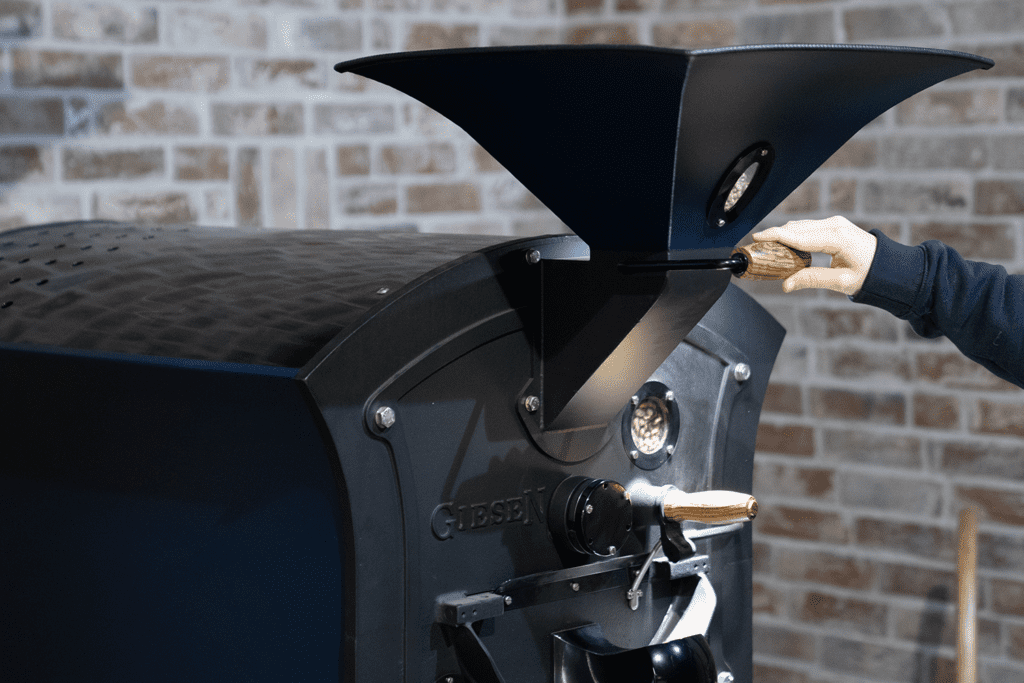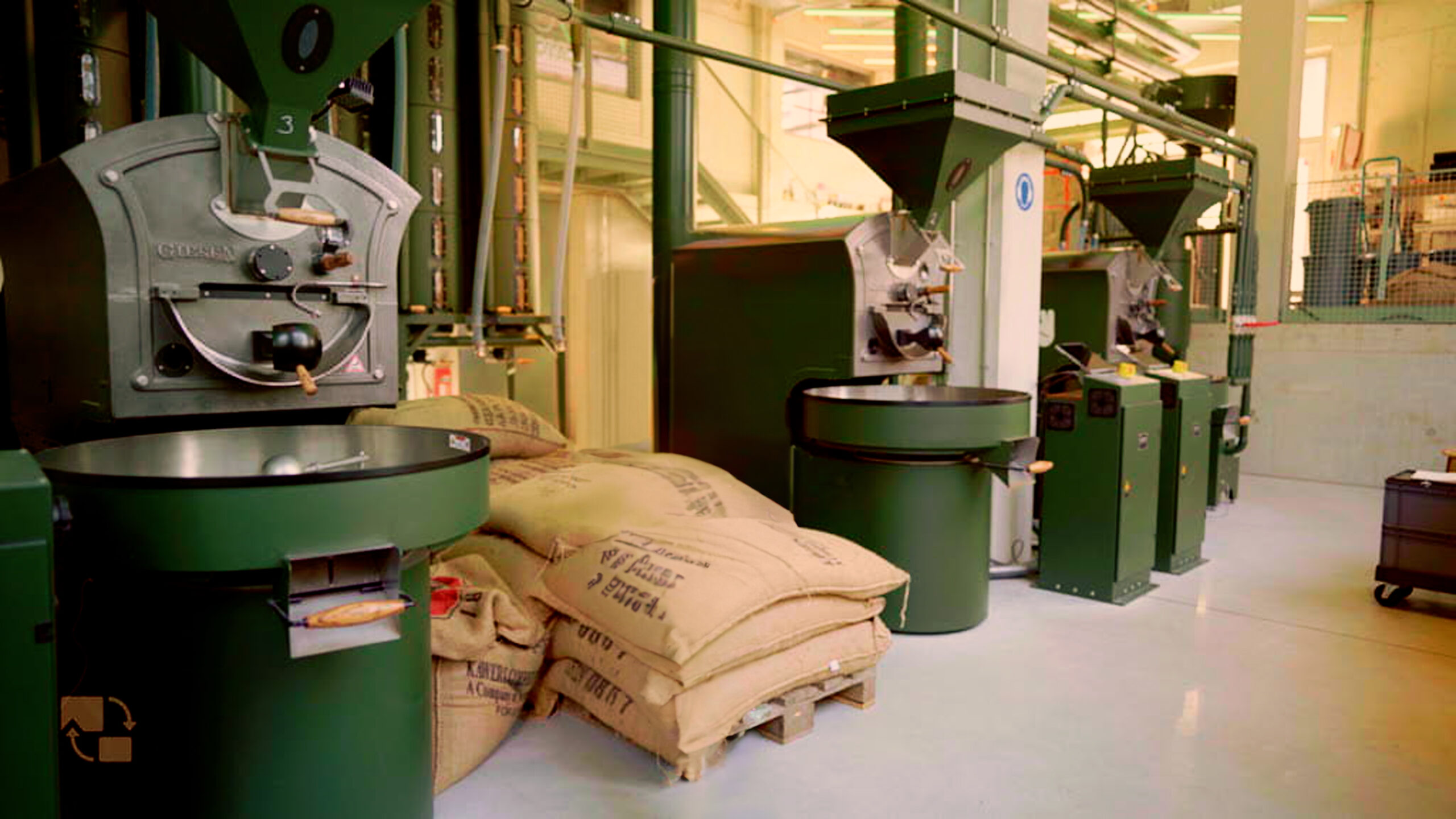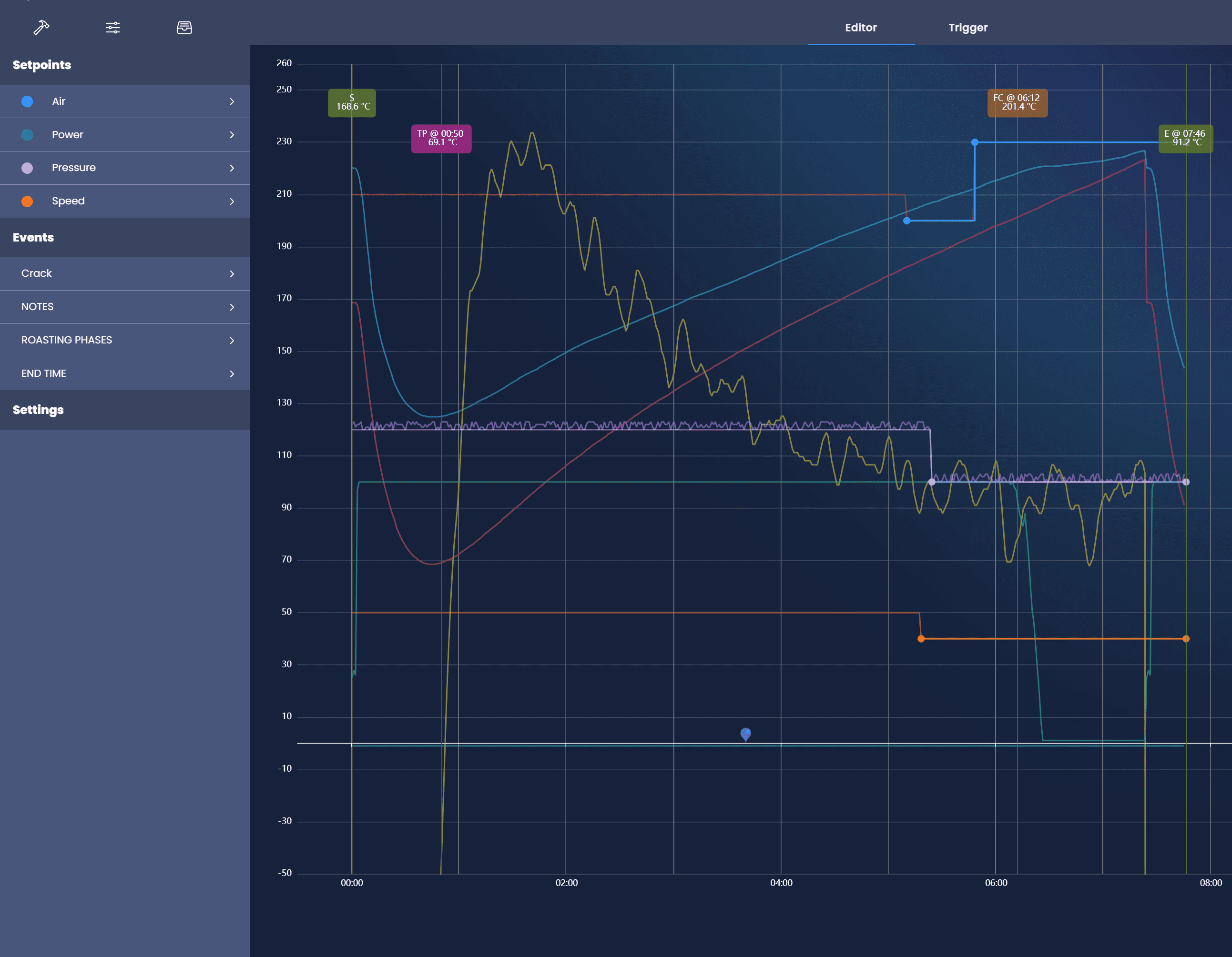Rate your roast and recognize flavors
Imagine the following situation; you roast a new batch of coffee, wait a few days for the beans to settle down, grind your coffee, cup your coffee, and taste it. Hm, that disappoints. The coffee doesn’t taste as expected. In fact; it doesn’t taste good at all. Of course, this happens to a lot of roasters. Trial and error is just a part of the process and you have to look for that perfect roast. This can take days, months, or maybe even years; but it’s a part of every roastery’s journey. Despite this being the case, rating your roast in every part of the process can help you reach that perfect, satisfying roast more efficiently. In this blog, we would like to elaborate on the different variables you can use to rate your roast, recognize flavors, and rule out pitfalls as early as possible.
1. Green bean grading and defects
Start off by briefly discussing which type of beans you are looking for with your green bean supplier, and what your experiences are with certain types of beans you’ve tried in the past. Together you will be able to come up with a bean that may suit you better. Here again, it is trial and error; you will always come across certain beans that won’t satisfy your needs. To ensure the quality of your beans you can grade your green beans. The SCA Coffee Beans Classification is a method to compare coffee beans and judges the relationship between the defects and cup quality. There are a lot of criteria on which the beans get categorised such as the color, size, where it was grown or the altitude it was grown on. By giving your bean selection the right attention you can actually find out whether a bean type suits you or not, even before you start roasting.
2. Is your roasting method right?
Every lot of specialty coffee is different and deserves a different approach. You cannot use one roasting profile for each bean type and expect the coffee to taste great. There are however some general rules you can follow for different origins or processing methods, but you still have to pay attention to the coffee in your roaster. Do some research to find the best roasting method, try it, rate your roast and then make it your own.
3. Record your roast
By profiling your roasts using software you can analyse the roast before you can cup it. A roasting profile is a collection of data points in a graph or table which will help you understand the changes during coffee roasting. It shows you what temperature and which adjustments were done at that time. Our own software, Giesen Profiler, lets you save and export your roasts so you can find out what in your roast has to be changed next time. And if you do find the great roast for your beans, you can always find it and even replay it. We have a 14-day trial for the Giesen Profiler here.
4. Cupping preparations
When proofing batches of coffee, ensure that you give each batch the same settling period. Whether that is two days, three days, or any other personal preference, create consistency by using the same period every time.
Grinding your coffee
Let’s talk about grinding your coffee. Make sure you have a grinder that is dedicated to your cupping sessions and is fully calibrated for cupping coffee. Not only settings are important; your grinder itself needs to be capable of consistent grinds. This has to do with the type of grinder itself, but also the state of the machine. Make sure your burrs are clean, properly aligned, and in good condition. Worn-down burrs are not capable of giving consistent results. Just like with your brewing equipment, give the grinder the technical and maintenance attention it needs.
The importance of water
Do not forget your water; an important step since it isn’t only the principal ingredient in coffee beverages, but also acts as an important solvent during the preparation of coffee. If you occur any chemical or mineral flavors in your coffee, this most of the time has to do with the quality of your water. Therefore, make sure you create consistency in the water you use when sampling your coffee. You could perhaps choose to thoroughly filter your water by installing a filtration system. Also, there are several ways to monitor your water parameters to make sure they meet the SCA (Specialty Coffee Association) standards. Rule out water quality being a factor in your results.

5. Why cupping? Avoid channeling!
Although your roasted beans will most likely be consumed as an espresso, a flat white or a cappuccino, it is not the most reliable way to rate your beans. Rating coffee is done by cupping. Cupping has proven itself as the most trustworthy way of rating and proofing your roasted coffee. No wonder green coffee buyers, baristas, roasters, and many other coffee specialists use cupping as their preferred method to rate your roast. The reason we use cupping as a proofing method is simple; it’s the most consistent method. This because of several reasons. When cupping you eliminate the possibility of channeling. Channeling is when water finds its way through cracks and inconsistencies in the coffee puck. When brewing espresso, channeling most of the time is caused by an uneven tamp, wrongly ground coffee, or overdosing. When brewing filter coffee channeling can be caused by unevenly piling or soaking the coffee. Water always takes the way that has the least resistance. Therefore, the coffee near the channels will extract more than the rest.
6. Different flavors and their meaning
Smokiness
When you are tasting coffee there are thousands of flavors you may come across, but there are a few that will stand out in particular. One of them is smokiness. Smokiness is in almost any case caused by the way you roasted your coffee. An unpleasant smoky taste can be caused by an insufficient airflow in your roaster, or a very dark roast. The latter will always taste smoky, since even the correct airflow won’t prevent a smoky taste to infiltrate the dark roasted coffee. Our advice is to experiment with your airflow settings and see what kind of result it will give you. Willem Boot already did a few experiments to help you get started.
Acidity
Another often heard flavor is acidity. Acidity in your coffee can be caused by the differences in temperature your coffee beans go through. Roasting on high heat will draw the acidic flavors out of the coffee beans. But remember; high heat at the beginning of the roasting process may cause the beans to scorch, which obviously isn’t good. Also, starting with high heat may cause you to roast the beans too fast, which won’t allow the beans to fully release their natural sweetness. Sweetness develops after acidity, which is something you need to find the right balance in.
Sweetness
Let’s talk about sweetness; one of the most universally appreciated flavors in a cup of coffee. It’s a flavor that complements the complexity in your roast. When you are searching for a roast that focusses on acidity, you need the sweetness to complement it to achieve a balanced, enjoyable beverage. Adequate development of the beans during the beginning of the yellowing, and up to the first crack is very important. This will cause the sugars in the bean to caramelize. When you stretch this roasting phase the complexity of the sugars will develop even more, while overstretching causes the flavor to mute out the brightness of your cup.
Again; balance is key. After the first crack, you want to decline the development of the acidic flavors and not roast the beans too dark. Doing this right will give you the sweet-sour flavor combination you may be looking for.
In summary:
- Grade your green beans and know your beans;
- Record your roasts manually or automatic;
- Cup your roasts consistently;
- Rule out as many variables as possible; water, your grind settings and other circumstances should be consistent when you rate your roast
We hope this article gave you some insight into the process and techniques regarding the way you rate your roast. When you have any further questions or other comments, feel free to leave a comment to get in touch with us.
Header picture by Stooker Coffee




